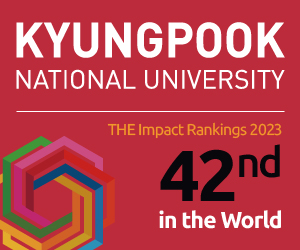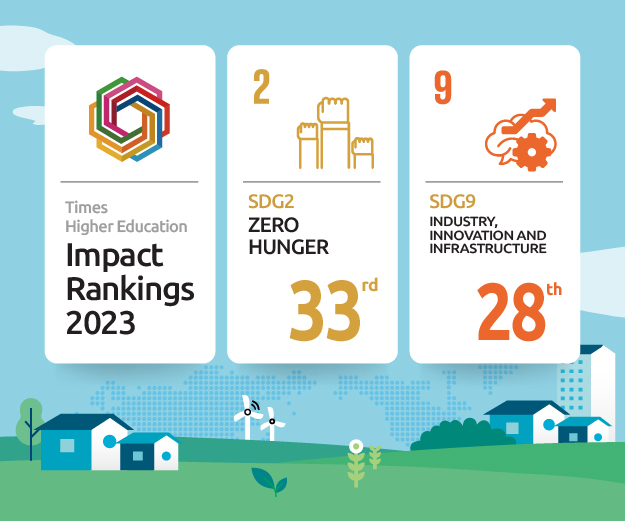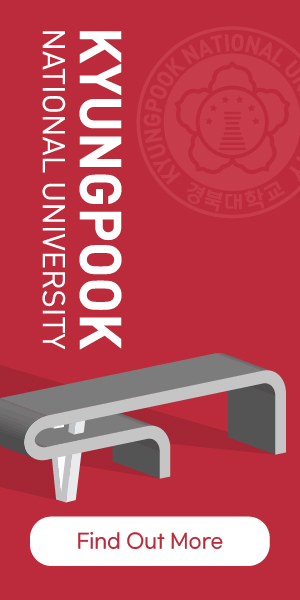- Quadruple ultrasound, photoacoustic, optical coherence, and fluorescence fusion imaging with a transparent ultrasound transducer
DOI: https://doi.org/10.1073/pnas.1920879118
Both ultrasound and optical imaging finds a wide range of applications in medicine and biology. However, attempts to combine the two modalities have been unsuccessful due to low signal-to-noise ratio, bulkiness, and high complexity. Now, researchers from Korea have designed a quadruple fusion imaging system using a transparent ultrasound transducer that surmounts these issues, enabling the integration of the two imaging modalities.

- Adsorptive removal of hazardous materials using metal-organic frameworks (MOFs): A review
DOI: https://doi.org/10.1016/j.jhazmat.2012.11.011
Removing toxic pollutants from fuels, wastewater, and air through their absorption is an attractive solution to environmental issues. Metal-organic frameworks (MOFs) have recently shown much promise on this front. Now, researchers from Kyungpook National University highlight, in a new review, the latest development in the absorptive cleaning of water, fuel, and air by virgin and modified MOFs.
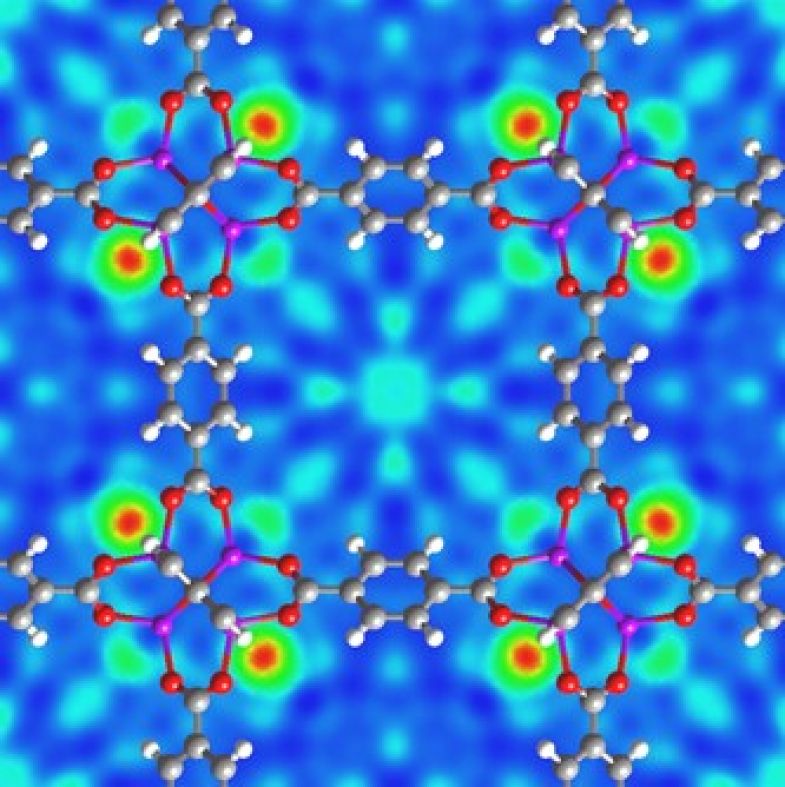
- Removal of hazardous organics from water using metal-organic frameworks (MOFs): Plausible mechanisms for selective adsorptions
DOI: https://doi.org/10.1016/j.jhazmat.2014.09.046
Unavailability of clean water owing to its contamination with various pollutants presents one of the most serious issues worldwide. However, porous metal-organic frameworks (MOFs) offer much hope on this front owing to their ability to selectively absorb such pollutants. In a new review article, scientists from Kyungpook National University discuss the mechanisms underlying the adsorptive purification of water with MOFs to understand their potential applications.
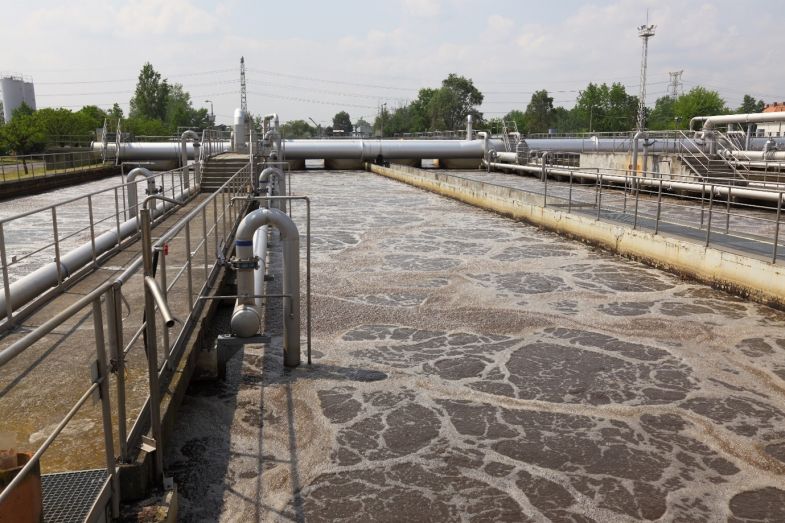
- Adsorptive removal of methyl orange and methylene blue from aqueous solution with a metal-organic framework material, iron terephthalate (MOF-235)
DOI: https://doi.org/10.1016/j.jhazmat.2010.09.035
Clean water is often contaminated by various kinds of pollutants, including organic dyes such as methyl orange (MO) and methylene blue (MB). Recently, the metal-organic framework (MOF) material iron terephthalate (MOF-235) has shown much promise in removing MB and MO from contaminated water, performing even better than activated carbon. Now, a study by Kyungpook National University scientists show that MOFs can potentially be used as adsorbents for removing hazardous materials in the liquid phase.
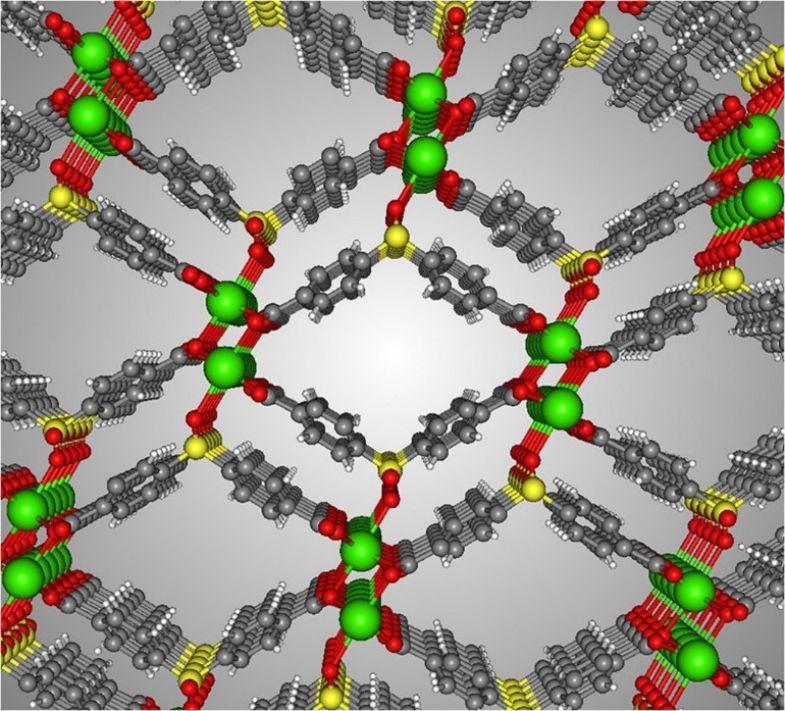
- Adsorptive removal of naproxen and clofibric acid from water using metal-organic frameworks
DOI: https://doi.org/10.1016/j.jhazmat.2012.01.005
Pharmaceuticals and personal care products (PPCPs) are essential components of our lives. However, they also constitute some of the major water contaminants. In a new study, scientists from Kyungpook National University have now studied the absorptive removal of two PPCPs commonly found in wastewater, naproxen and clofibric acid, using metal-organic frameworks (MOFs) for the first time.
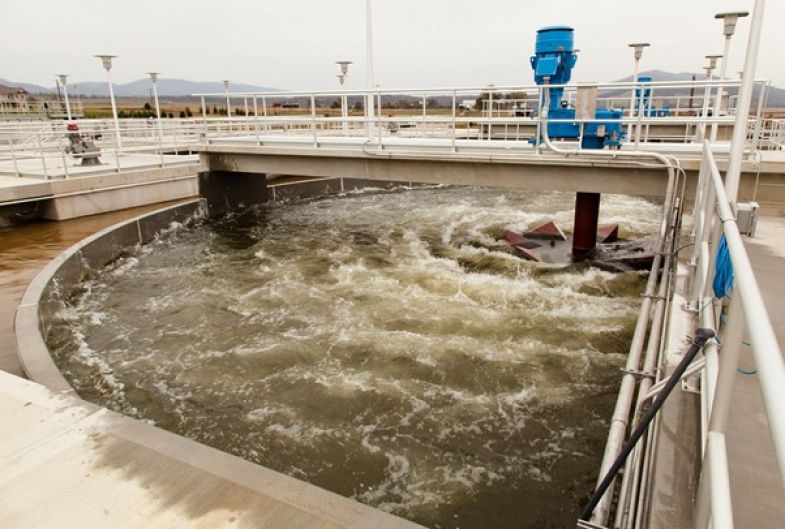
- Adsorptive desulfurization and denitrogenation using metal-organic frameworks
DOI: https://doi.org/10.1016/j.jhazmat.2015.08.045
Metal-organic frameworks (MOFs) have shown promise in removing pollutants though selective adsorption in both liquid and gas phases. In a review article, Kyungpook National University scientists highlight the adsorption mechanism of MOFs in removing nitrogen- and sulfur-containing compounds released in the atmosphere by fossil fuels, along with MOF modifications that can improve the adsorption performance.

- Adsorption and removal of phthalic acid and diethyl phthalate from water with zeolitic imidazolate and metal–organic frameworks
DOI: https://doi.org/10.1016/j.jhazmat.2014.03.047
Scientists from Kyungpook National University demonstrate the removal of two common organic water pollutants, phthalic acid and diethyl phthalate, via selective adsorption with ZIF-8 (zinc-methylimidazolate framework-8), a zeolitic imidazolate framework material, which performs better than standard metal – organic frameworks.

- Adsorptive removal and separation of chemicals with metal-organic frameworks: Contribution of π-complexation
DOI: https://doi.org/10.1016/j.jhazmat.2016.11.070
Metal-organic framework (MOF) materials are a promising candidate for removing various chemicals in both liquid and gas phases by selective adsorption owing to their high porosity. A review by Kyungpook National University scientists now highlights the research on the adsorptive removal of various π-electron-rich compounds from fuels and gases with MOFs containing metal ions contributing to π-complexation.
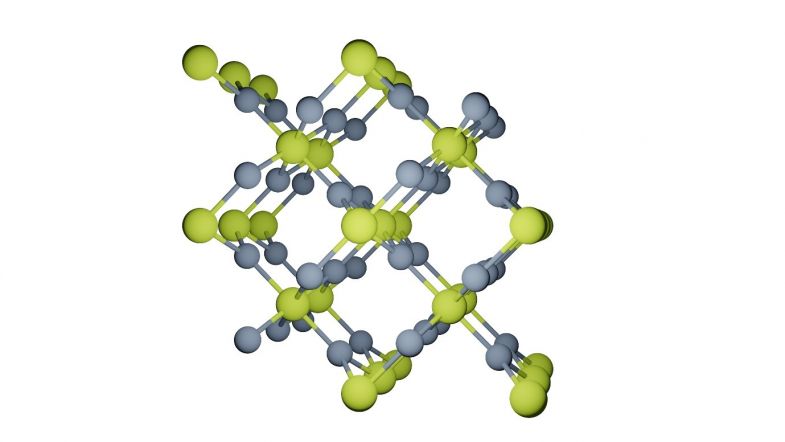
- Enhanced visible light-driven photocatalytic performance of ZnO–g-C3N4 coupled with graphene oxide as a novel ternary nanocomposite
DOI: https://doi.org/10.1016/j.jhazmat.2015.07.042
Scientists from Kyungpook National University design a novel nanocomposite photocatalyst comprising ZnO, g-C3N4, and graphene oxide, which exhibits high photocatalytic performance and a degradation efficiency of 99.5% under visible light irradiation for 15 minutes.
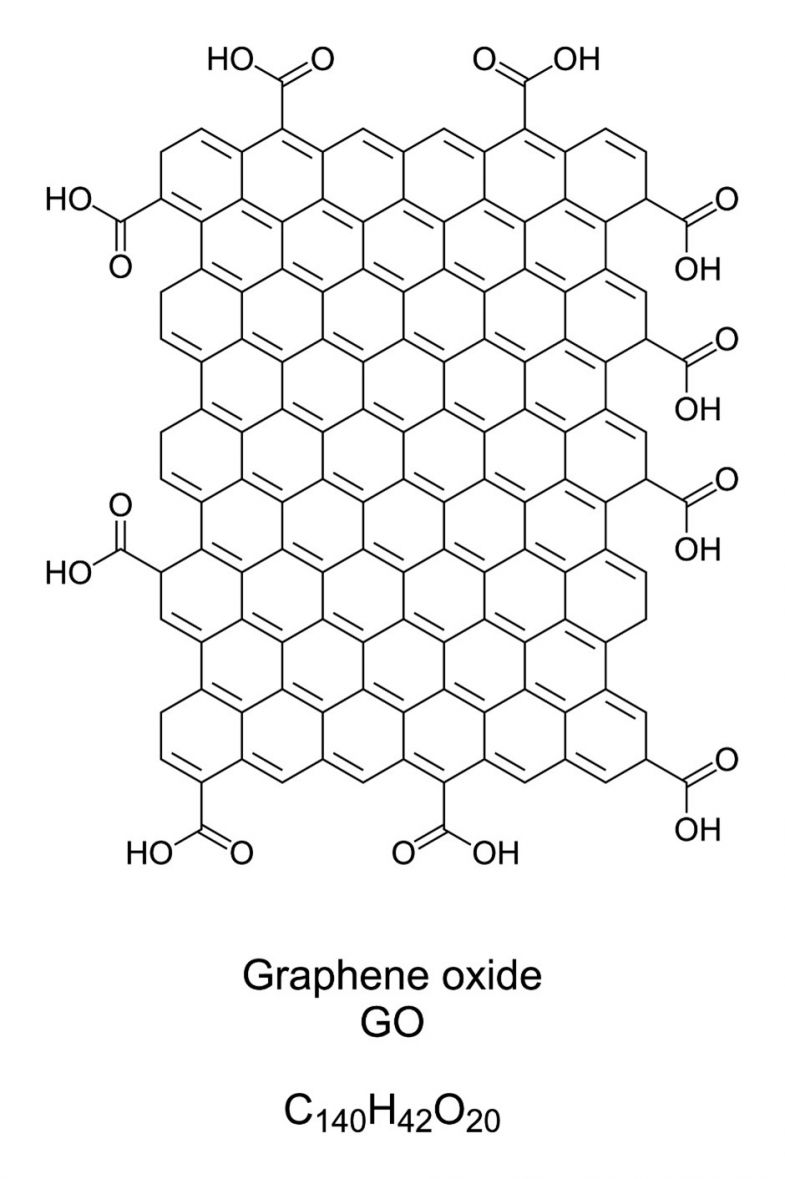
- Lead and copper immobilization in a shooting range soil using soybean stover- and pine needle-derived biochars: Chemical, microbial and spectroscopic assessments
DOI: https://doi.org/10.1016/j.jhazmat.2015.08.029
Researchers from South Korea and Saudi Arabia suggest biochar (BC) as a promising material for mitigating heavy metal contaminations in soil, demonstrating effective immobilization of lead and copper contaminants with BCs derived from soybean stover and pine needles.

- Adsorptive removal of hazardous organics from water and fuel with functionalized metal -organic frameworks: Contribution of functional groups
DOI: https://doi.org/10.1016/j.jhazmat.2020.123655
Removal of pollutants and hazardous chemicals from water and fuel is essential for sustainable development. Metal-organic frameworks (MOFs) have been touted as the ideal candidate for water and fuel purification through adsorption. Now, scientists from Kyungpook National University take a closer look at MOFs with various functional groups (FGs) to understand their role in the adsorption mechanism.
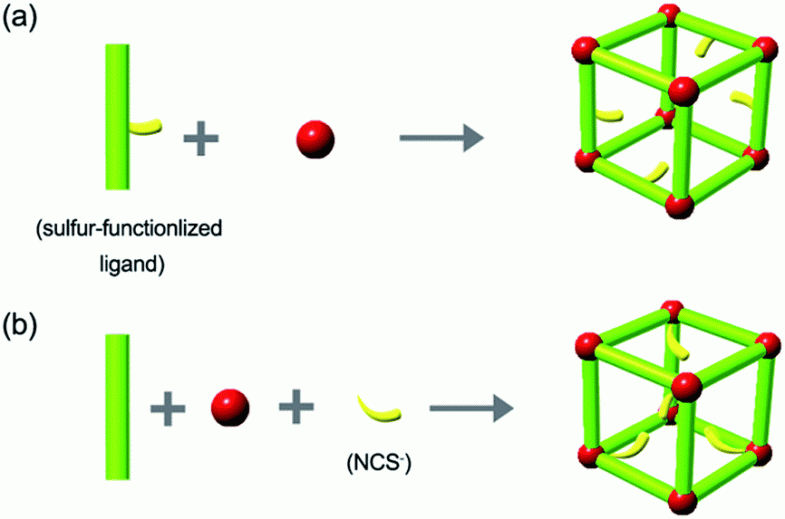
- Influence of particle size on the effective thermal conductivity of nanofluids: A critical review
DOI: https://doi.org/10.1016/j.apenergy.2020.114684
Nanofluid is a class of engineered thermal fluid with the ability to enhance the efficiency of energy conversion processes. However, their thermal conductivity properties are still debated. Now, in a critical review by Kyungpook National University scientists, the thermal properties of nanofluid and their dependence on nanoparticle size are discussed with a closer look at the experimental, theoretical, and numerical investigations on this front.
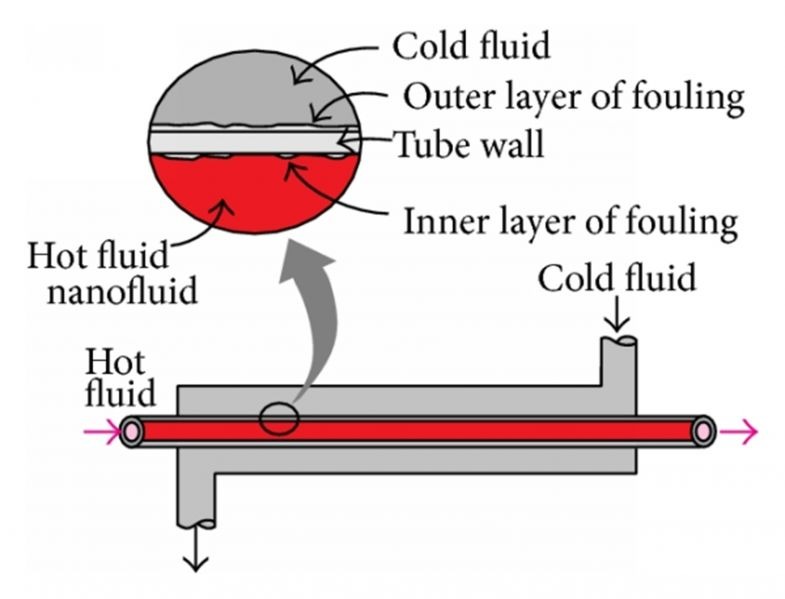
- Enhanced adsorption of bisphenol A and sulfamethoxazole by a novel magnetic CuZnFe2O4–biochar composite
DOI: https://doi.org/10.1016/j.biortech.2019.02.091
Freshwater bodies are often contaminated with endocrine-disrupting compounds, such as bisphenol A (BPA), and pharmaceuticals such as sulfamethoxazole (SMX), which poses serious environmental problems. Now, scientists from Korea and USA develop and characterize a novel magnetic CuZnFe2O4–biochar composite that helps remove BPA and SMX from aqueous solutions.
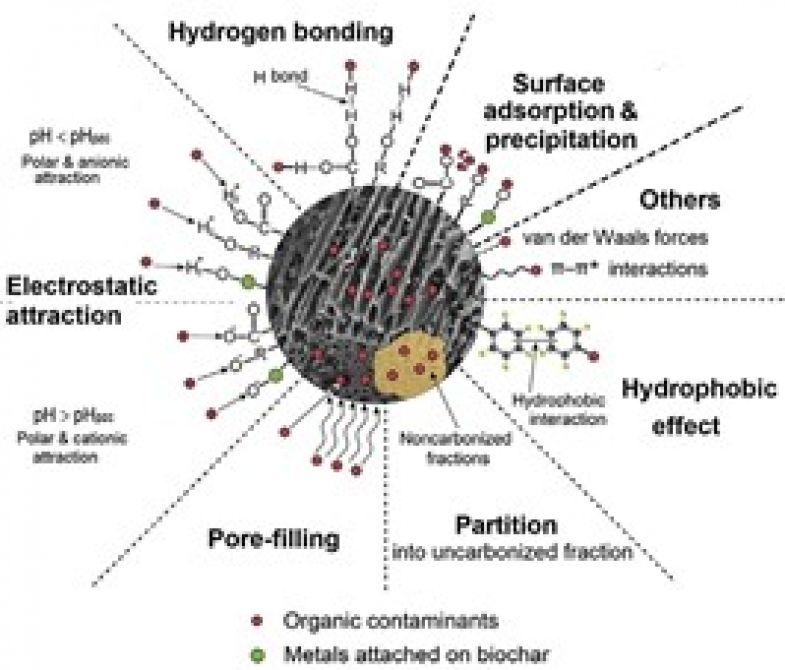
- Overview of bacterial cellulose composites: A multipurpose advanced material
DOI: https://doi.org/10.1016/j.carbpol.2013.08.018
Bacterial cellulose (BC), a natural biomaterial synthesized by bacteria, has attracted much attention due to its highly desirable properties for biomedical applications. However, pristine BC suffers from drawbacks, which limits its applications. As a result, BC composites have emerged as a solution to these drawbacks. Now, an overview done by researchers from South Korea and Pakistan could help increase interest in the development of new ideas in this field.
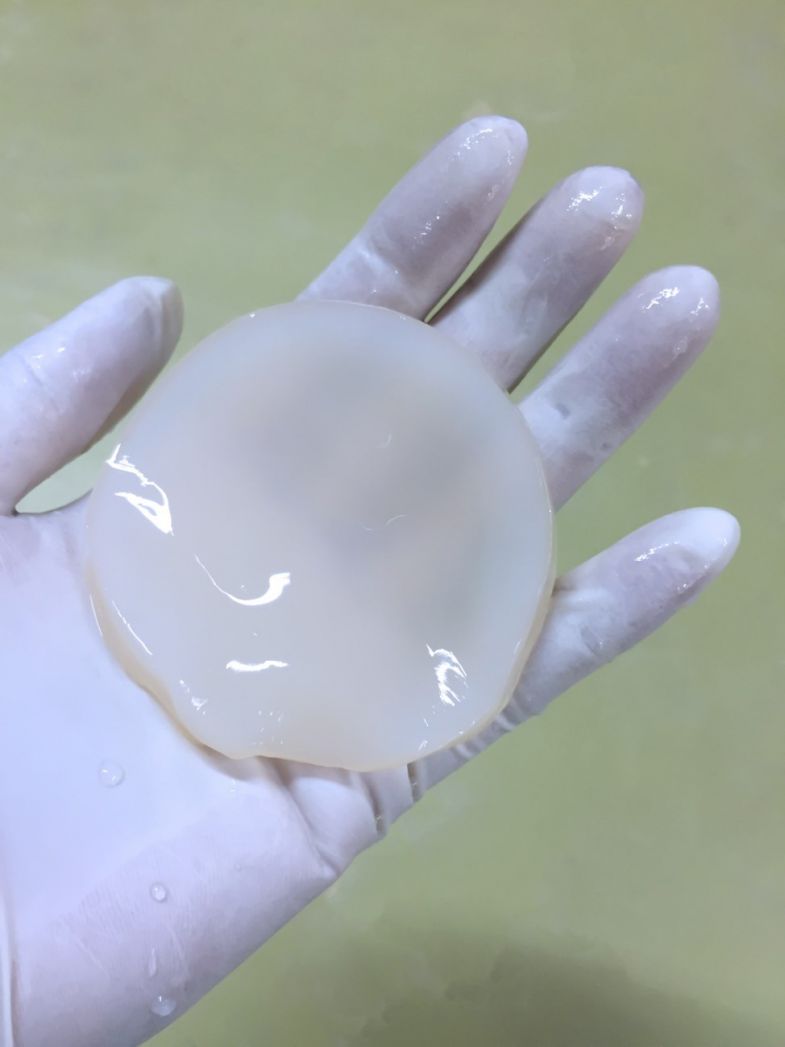
- Investigating beliefs, attitudes, and intentions regarding green restaurant patronage: An application of the extended theory of planned behavior with moderating effects of gender and age
DOI: https://doi.org/10.1016/j.ijhm.2020.102727
A study by Prof. Sun-Jung Moon from Kyungpook National University investigates customer beliefs underlying their support for green restaurants by applying an extended theory of planned behaviour model to predict the customers’ intention to visit these establishments.





















